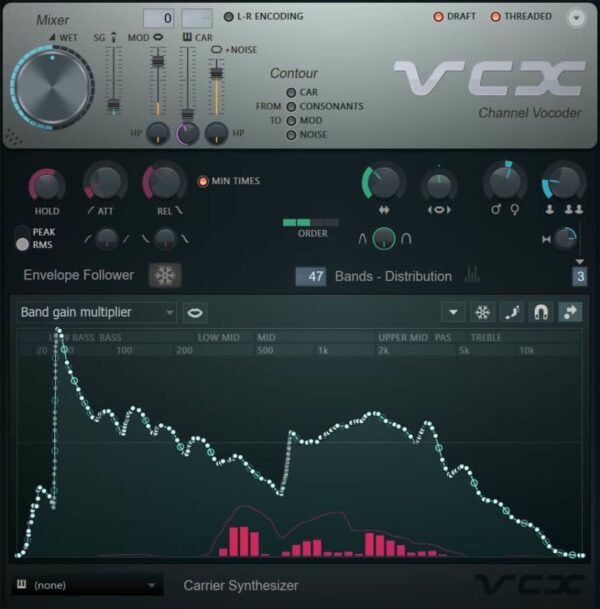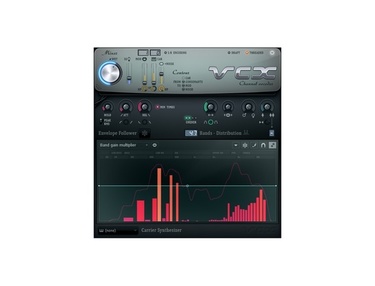



IMAGE LINE VOCODEX SOFTWARE VOCODER PLUGIN FOR LOGIC MANUAL
Vocoders even underpinned pivotal World War II technologies, such as the SIGSALY system used for secure voice transmission.” (Vocal Synth 2 Vocoder manual – iZotope) These early tools were designed to encode speech to reduce bandwidth, allowing multiple voice signals to be transmitted over the same cables. Large-scale telephone networks were being implemented at the time, and the vocoder was developed as a potential solution to bandwidth issues. “One of the earliest vocoders was developed by Homer Dudley in the late 1920s/early 1930s at Bell Laboratories. The shape of the mouth changes the harmonic content of the sound in the same way it affects the harmonic content generated by the vocal folds when speaking. The shape of the mouth filters the sound, with the modified sound being picked up by the microphone. When activated, the sound from the amplifier is reproduced by the speaker in the talk box and directed through the tube into the performer’s mouth. The other end of the tube is taped to the side of a microphone, extending enough to direct the reproduced sound in or near the performer’s mouth. … is usually an effects pedal that sits on the floor and contains a speaker attached with an airtight connection to a plastic tube … the speaker is generally in the form of a compression driver, the sound-generating part of a horn loudspeaker with the horn replaced by the tube connection. The Talk Box is also a very different process: But the process is significantly different from vocoding. You begin to get that robotic vocoder-esque sound when you push it hard so that the pitch jumps abruptly from note to note. Random thought: What would happen if you Vocode a Vocoded signal?Īuto-Tune is designed to sort of quantize a vocal signal to the closest pitch or scale degree. In software, vocoders can usually function as inserts on an audio track, as an instrument on a virtual instrument track using a sidechained input from another audio track or a live external source, or in the case of devices like Vocal Synth 2, either as an audio insert effect or virtual instrument. In other words, only the frequencies that are present in the modulating signal are retained in the carrier signal after the envelope is applied. Commercial vocoders used as musical instruments consist of a keyboard synthesizer (for playing the carrier sounds) and a microphone for picking up the voice of the performer (to extract the modulation envelope). Then the modulator may be a voice, and the carrier may be any spectrally rich sound such as wind, rain, creaking noises, flute, or other musical instrument sounds. Let’s call the first signal the `modulating’ signal, and the other the ’carrier’ signal. A typical example is to impress speech on various natural sounds, such as ‘talking wind.’ Vocoding is a form of Cross Synthesis, which is nicely described here by Julius Smith:Ĭross-synthesis is the technique of impressing the spectral envelope of one sound on the flattened spectrum of another. There is some confusion regarding the difference between these processes which should be cleared up first: For a brief history of the Vocoder and some of the artists that have used them, see Ian Vargo’s excellent article here.Īuto-Tune vs. The word itself is derived from combining the words VOice and enCODER. Vocoders have been around since the method was used first to synthesize a human voice in the 1930s.


 0 kommentar(er)
0 kommentar(er)
